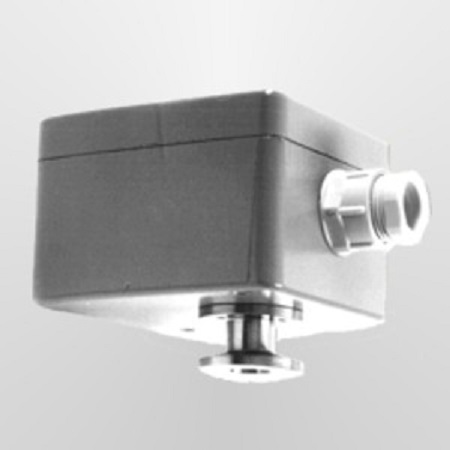What Should You Know About the Vacuum Switch?

While using hydraulic equipment, you must have come across a vacuum switch. Well, this is yet another boon of vacuum technology which eventually impacts the efficiency of the system in a positive way. These switches are actually pressured points that detect the negative pressure and later signal the system to switch on or off.
Owing to its multitude of applications, these switches are a great alternative to the conventional safety valves. The vacuum switches can function well with electric current, gas, and liquid pressure. In addition to detecting negative pressure, these switches can also detect problems like leaking pressure during operation and they will trigger the system to shut down by cutting off the circuit. Once the pressure falls back to normal, it starts working again.

What Are the Functions of The Vacuum Switch?
- As mentioned above, it helps in measuring the vacuum pressure or change in pressure statuses
- It works as a safety feature. In case there is negative pressure or leakage of pressure, the switch detects the same and disconnects the circuit, thereby maintaining safety.
Application of Vacuum Switch
These switches find a myriad of applications across different industries, the likes of which include aerospace, residential, electronics, heating, and cooling, chemical processing, food processing, pharmaceuticals and industrial.
The Functioning of Vacuum Switch
As we have mentioned above, these switches work on the change of pressure by responding to negative pressure. When used in the circuit, they signal the change and the elastomeric diaphragm pressure in the switch opens, which stops the circuit from performing. It is because of the movement of this elastomeric diaphragm that the switch can detect the pressure change and based on that information, determine whether the circuit is functional or non-functional.
When it is operating, then the switch converts the negative pressure signal into an electrical signal. Because of this diaphragm, there is no need for an oil barrier. This diaphragm functions in the same way. When this switch is being used, it is set at a certain point, allowing the vacuum pressure switch to decipher the pressure status. And based on this status, it triggers the opening and closing of the diaphragm.
Materials Used for Making Vacuum Switch
These switches are made from different materials like:
- Polycarbonate
- Plated steel
- Cast aluminum
- Brass
- Glass-reinforced polyester
- Polyvinyl chloride
Types of Vacuum Switch:
When it comes to vacuum switch design, then they are of the following types:
- Electronic
- Pneumatic
- Mechanical

How to Choose the Right Vendor for Vacuum Switch
Now that you have sufficient information about the vacuum switch, you can easily purchase one for your needs. But, before you proceed ahead, it's important that you must choose the right vendor. A low-quality vacuum switch can hamper the effective functioning of the system. Hence, it becomes important that you choose the right vendor. There are certain key factors that you need to take into account:
1. The credibility of the company - One of the first things you should check is the credibility of the vendor or the company that you are choosing. Checking the online reviews and ratings of the company would help you make the decision. You can easily get all the information on the internet.
2. Quality of the vacuum switch - The seller should be able to provide you with the guarantee of the product they are selling. Check for the safety accreditations and other parameters before making the decision.
3. Pricing – Now, you can easily purchase a vacuum switch online or offline. Based on your requirements, you can choose the right type but don’t forget to compare the pricing, especially if you are making a bulk order. The pricing may vary based on quality, material, and brand. To shortlist a few and compare their rates with quality and then make a decision to buy one.
The above-mentioned guide will be helpful for you to make the right decision while buying a vacuum switch.

Comments